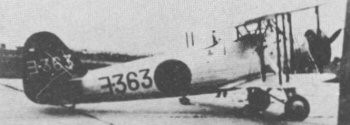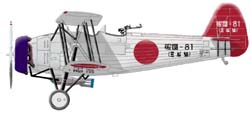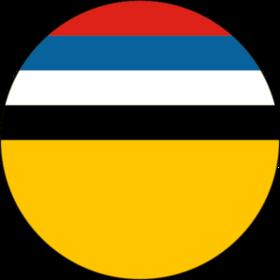This is a very tentative suggestion – could these be Aichi D1A (Navy Type 94/96) naval bombers ? This type was actually designed by the German Heinkel company as a carrier/utility bomber for the Aichi company of Japan, working on a brief from the Imperial Japanese Navy. Heinkel’s work on this brief resulted, not only in the Aichi D1A, but also the Heinkel 50 biplane dive bomber/groundstrike aircraft, the Ju-87’s predecessor in Luftwaffe dive-bomber service, which went on the serve in a groundstrike capacity in secondary theatres to the end of the war. The two aircraft – Japanese-built and German-built - are so closely related, they might be described as “brothers” rather than “cousins”.
One point – most ‘photos of the Aichi D1A that I have seen have drag-reducing “spats” fitted to the wheels. Not the case here. However, the earliest D1As – the Aichi D1A1 – did not carry spats, and this feature was, in any case, dispensable.
Unlike their German “brothers”, the Japanese Aichi D1A aircraft appear, largely, to have been decommissioned from front-line service by early 1942. Many of the surviving aircraft are known to have been used as trainers, although others were apparently used in secondary theatres. In the latter context, some may have been allocated to the Manchukuo Imperial Air Force or Navy – although this is mere inference, and I am aware of no definitive source for such an allocation.
As I said, this is a very tentative suggestion. I should be very interested if anybody else In Here can throw more light on the subject. In any event – the best of luck with your researches. Best regards, JR.





